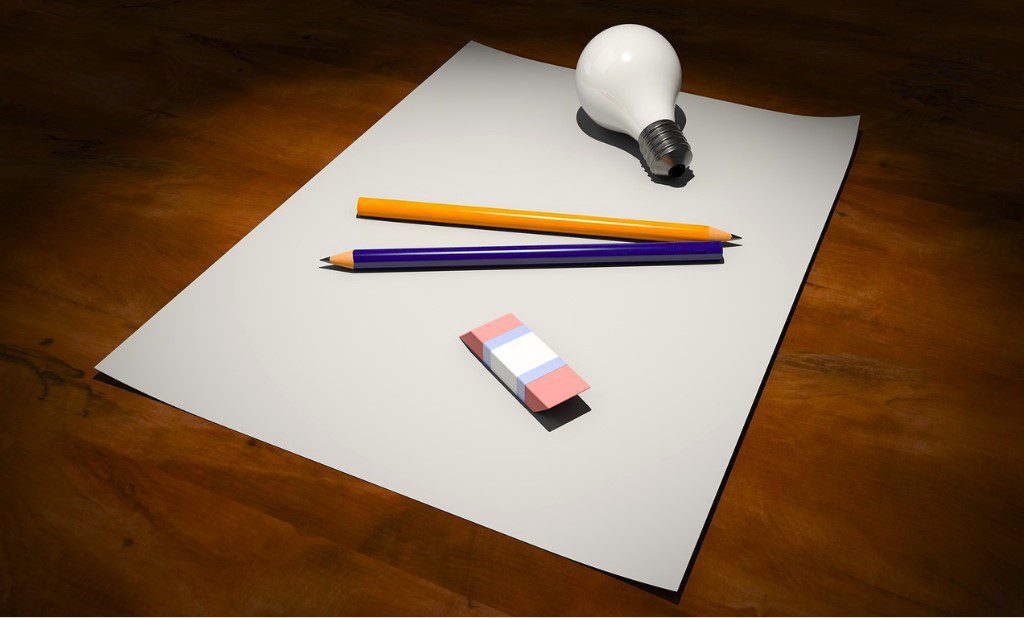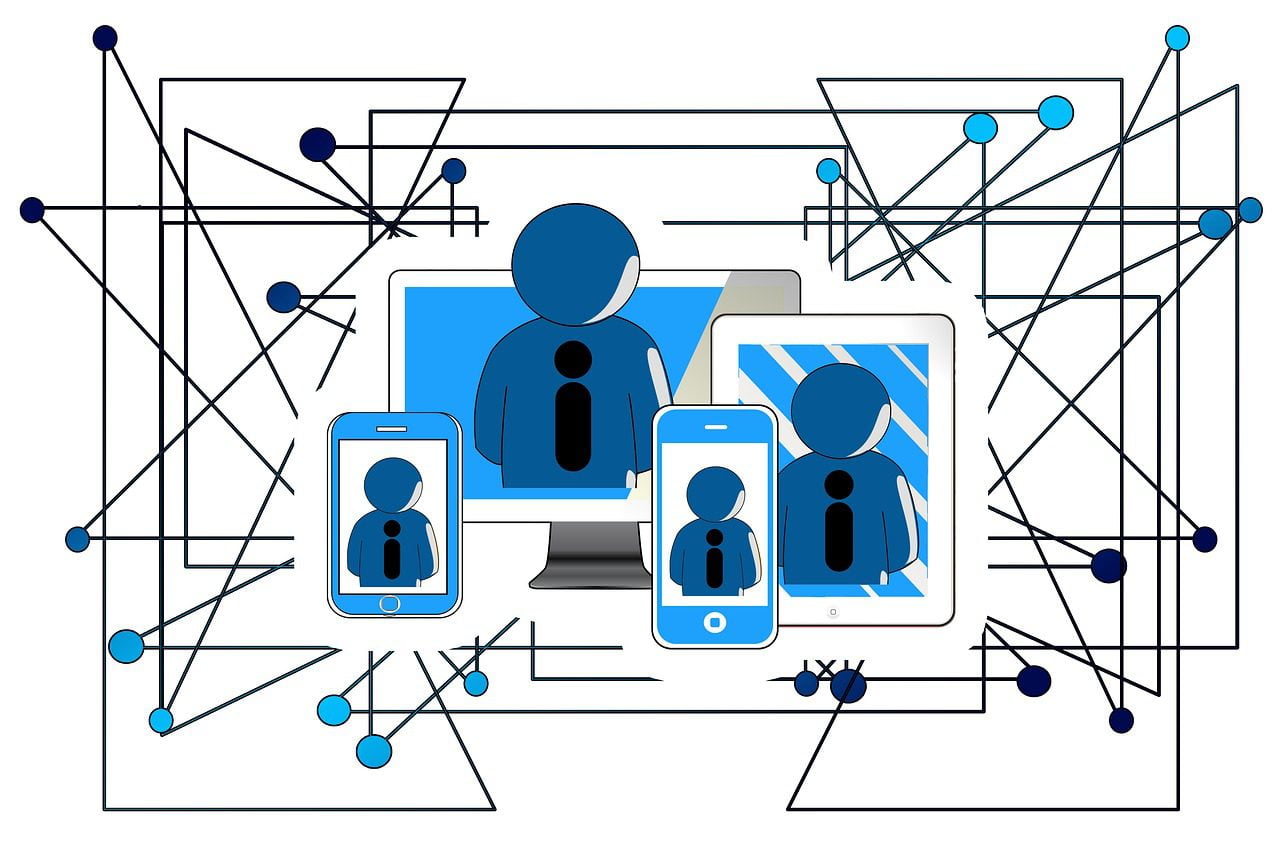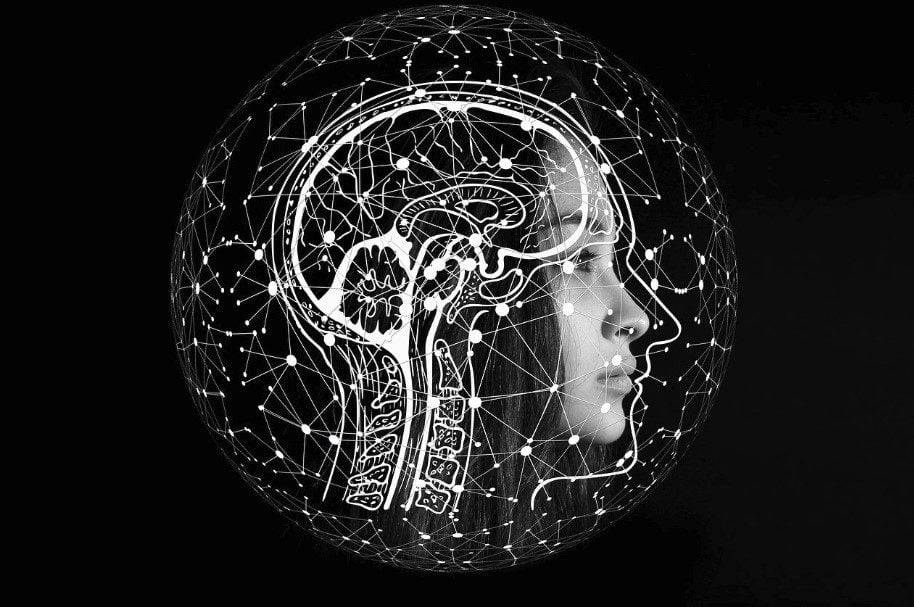Technology has revolutionized the way we live, work, and learn, while also posing unique challenges that require critical thinking skills to overcome. This involves considering the potential consequences of our actions, identifying biases in algorithms and data, and evaluating the reliability of online sources.
Technology can also serve as a catalyst for critical thinking by providing access to diverse perspectives and information sources. For example, online forums and social media platforms enable individuals to engage with people from different backgrounds and cultures. This exposes them to new ideas and perspectives.
Additionally, online tools such as data analytics software and search engines provide users with the ability to analyze complex data and find patterns that may not be apparent at first glance.
For example, data visualization tools can help people understand complex data and identify patterns that may not be apparent through text alone.
What is Critical Thinking?
Critical thinking is a process of analyzing and evaluating information and arguments in order to make informed decisions and judgments.
It involves using a set of skills and techniques to examine information from various sources, including evidence, reasoning, and assumptions. This can be helpful to determine its relevance, reliability, and validity.
Critical thinking enables individuals to identify biases, assumptions, and fallacies in arguments. This in addition weighing the pros and cons of different options and perspectives.
According to the Foundation of Critical Thinking
Critical thinking is the intellectually disciplined process of actively and skillfully conceptualizing, applying, analyzing, synthesizing, and/or evaluating information gathered from, or generated by, observation, experience, reflection, reasoning, or communication, as a guide to belief and action
At its core, critical thinking involves asking questions, seeking evidence, and evaluating information in a logical and systematic way. It requires individuals to approach tasks with an open mind and willingness to consider multiple viewpoints.
Critical thinking is however, not limited to academic or professional settings.
Its potential can extend to all facets of life. These include personal relationships, decision-making, and problem-solving.
Teaching Critical Thinking at Home

Teaching critical thinking at home is important for children’s intellectual development and future success. Parents can use a variety of strategies to help their children develop critical thinking skills at home, such as:
- Encouraging questions: Parents can encourage children to ask questions and think critically by responding to their inquiries thoughtfully.
- Analyzing media: Parents can help children analyze media sources such as news articles, TV shows, and social media posts. They can do this by asking questions and discussing different perspectives.
- Promoting creativity: Parents can encourage children to think creatively by providing them with opportunities to express themselves. This is possible through art, writing, music, and other forms of creative expression.
- Problem-solving: Parents can help children develop problem-solving skills by presenting them with real-world scenarios and asking them to brainstorm solutions.
- Reflecting on experiences: Parents can encourage children to reflect on their experiences by asking them to think about what they have learned and how they can apply their learning in different situations.
Overall, by promoting critical thinking at home, parents can help their children become more independent, informed, and engaged learners.
Teaching Critical Thinking in the Classroom

Teaching and nurturing critical thinking is a vital skill within the classroom. By teaching critical skills, educators can help students become more effective learners, problem solvers, and decision makers.
The methods for integrating critical thinking in the classroom are as follows:
- Asking Questions: Teachers can encourage better thinking by asking students open-ended questions. These questions should require them to analyze information, evaluate arguments, and consider alternative perspectives.
- Evaluating Evidence: Teachers can teach students to evaluate evidence by providing them with a variety of sources. They should also help them identify biases, assumptions, and fallacies in the information.
- Engaging in Discussions: Teachers can facilitate classroom discussions where students can share their ideas and perspectives. They should also receive assistance in challenging each other’s assumptions and collaborating together.
- Problem-Solving: Teachers can provide students with opportunities to solve real-world problems by presenting them with authentic and challenging scenarios that require them to use critical thinking skills.
- Reflecting on Learning: Teachers can encourage students to reflect on their learning by asking them to identify what they have learned, what they still need to learn, and how they can apply their learning in different contexts.
Overall, by integrating critical thinking into the classroom, educators can help students become more effective and engaged learners. They also prepare them for success in the future.
Assess the role of Technology

Technology plays a significant role in promoting critical thinking skills. It provides access to vast amounts of information and resources. One can analyze, evaluate, and synthesize these to make well-informed decisions and judgments.
Here are some ways that technology can support critical thinking:
- Information Access: Technology provides instant access to a wealth of information from numerous sources. These can be examined and assessed to determine their significance and dependability.
- Collaborative Learning: Technology can facilitate collaborative learning, by enabling students to work together to solve problems. They can also share ideas, and develop critical thinking skills through discussion and debate.
- Simulation and Modeling: Technology can provide opportunities for students to engage in simulations and modeling. This can help them develop critical thinking skills that allow them to analyze data and make informed decisions based on evidence.
- Multimedia Resources: Technology provides access to a variety of multimedia resources, including videos, images, and interactive content, which can be used to engage learners and promote critical thinking skills.
- Real-Time Feedback: Technology can provide immediate feedback to students, enabling them to evaluate their performance, adjust their strategies, and refine their critical thinking skills.
By leveraging technology to access information, collaborate, simulate, and receive feedback, learners can develop the skills necessary to navigate complex information. They can also make informed decisions and judgments in an increasingly complex and uncertain world.
However, keep in mind that technology should work together with effective teaching strategies and pedagogical practices. This will ensure that it supports and enhances better learning skills.
How About AI?

Critical thinking plays a vital role in the development and application of artificial intelligence (AI).
As AI technology advances and becomes more prevalent, it is essential to have individuals who can think critically about its implications and potential consequences.
Here are some ways that critical thinking fits in with AI:
- Ethical Considerations: As AI systems become more autonomous, it is essential to consider the ethical implications of their use. Critical thinking skills are necessary to evaluate the potential ethical issues associated with AI, such as privacy, bias, and discrimination.
- Problem-solving: AI systems can be used to solve complex problems, but critical thinking skills are equally necessary. They help to determine which problems are suitable for AI solutions, and analyze the results of those solutions.
- Decision-making: AI can provide data-driven insights to support decision-making, but critical thinking skills are necessary to evaluate the quality and relevance of that data and to make informed decisions based on it.
- Human-machine collaboration: As AI systems become more integrated into various industries, it is essential to develop human-machine collaboration to maximize their effectiveness. Critical thinking skills are necessary to determine how humans and AI systems can work together effectively.
- Innovation: Critical thinking skills are necessary to identify new applications for AI and to evaluate the potential impact of those applications.
As AI becomes more prevalent in various industries, individuals with strong critical thinking skills will be in high demand to ensure that it is used effectively and responsibly.





Leave a Reply